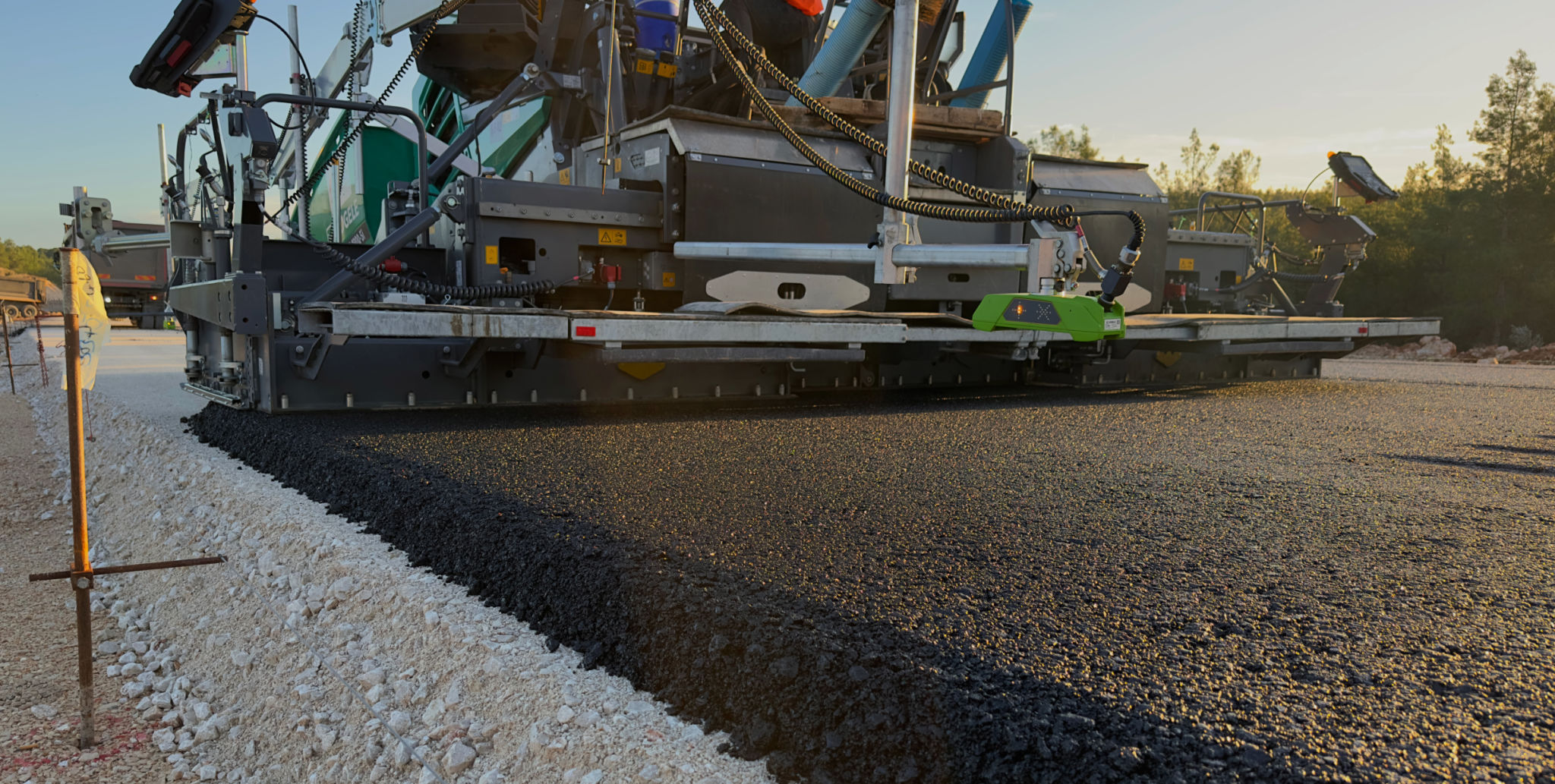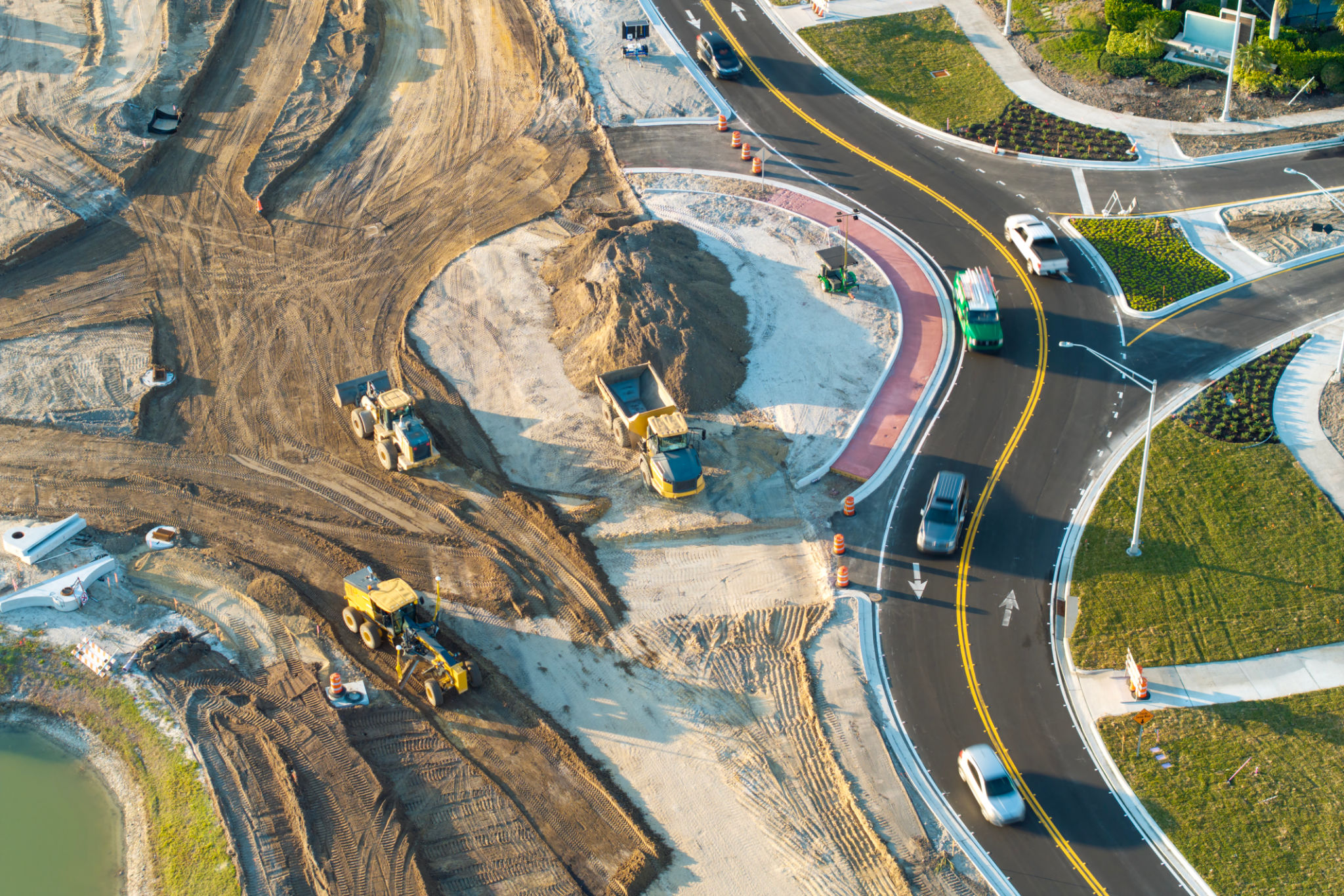Common Asphalt Paving Mistakes and How to Avoid Them
Understanding the Importance of Proper Asphalt Paving
Asphalt paving is a crucial aspect of infrastructure development, providing smooth and durable surfaces for roads, driveways, and parking lots. However, achieving a high-quality finish requires attention to detail and avoiding common mistakes that can compromise the integrity and longevity of the pavement. Understanding these potential pitfalls is essential for contractors and anyone involved in the paving process.

Improper Preparation of the Subgrade
The foundation of any paving project is the subgrade. A poorly prepared subgrade can lead to a host of problems, including cracking and uneven surfaces. To ensure durability, it's important to properly compact and stabilize the subgrade before laying the asphalt. This involves removing all debris, ensuring adequate drainage, and compacting the soil to prevent future settlement.
Neglecting this step can result in costly repairs down the line. It's recommended to conduct thorough soil testing and utilize appropriate machinery to achieve the desired compaction level. Investing time in preparation pays off in the long run.
Incorrect Asphalt Mixture
The type of asphalt mixture used is crucial for ensuring a smooth and long-lasting surface. Using an incorrect mix can lead to issues such as rutting and cracking. It's vital to select the right aggregate size, binder content, and temperature for the specific climate and intended use of the pavement.

Consulting with experts or referring to local regulations can help determine the correct mixture for your project. Additionally, ensure that the asphalt is laid at the proper temperature to allow for optimal compaction and bonding.
Poor Compaction Techniques
Even with a well-prepared subgrade and correct asphalt mixture, poor compaction can undermine the quality of the pavement. Compaction helps to remove air voids and ensure that the asphalt bonds properly, providing strength and stability.
Using the right equipment is crucial. Rollers should be used promptly after laying the asphalt, maintaining consistent pressure and speed. Proper compaction prevents water infiltration, which can cause significant damage over time.

Ignoring Weather Conditions
Weather plays a significant role in asphalt paving. Extreme temperatures or unexpected precipitation can adversely affect the quality of the pavement. For instance, rain can cause water to infiltrate the asphalt mixture, weakening its structure.
Paving should ideally be done in moderate weather conditions, avoiding extreme cold or heat. Contractors should monitor weather forecasts closely and plan accordingly to prevent delays and ensure optimal results.
Maintaining Quality Control
Maintaining strict quality control throughout the paving process is essential for avoiding common mistakes. Regularly inspecting materials, equipment, and workmanship helps identify potential issues early on, allowing for timely corrections.
Implementing a checklist for each phase of the project can ensure that all necessary steps are followed meticulously. This proactive approach minimizes errors and enhances the overall quality of the pavement.
By understanding and addressing these common asphalt paving mistakes, contractors can improve their practices, resulting in more durable and reliable surfaces that stand the test of time.
